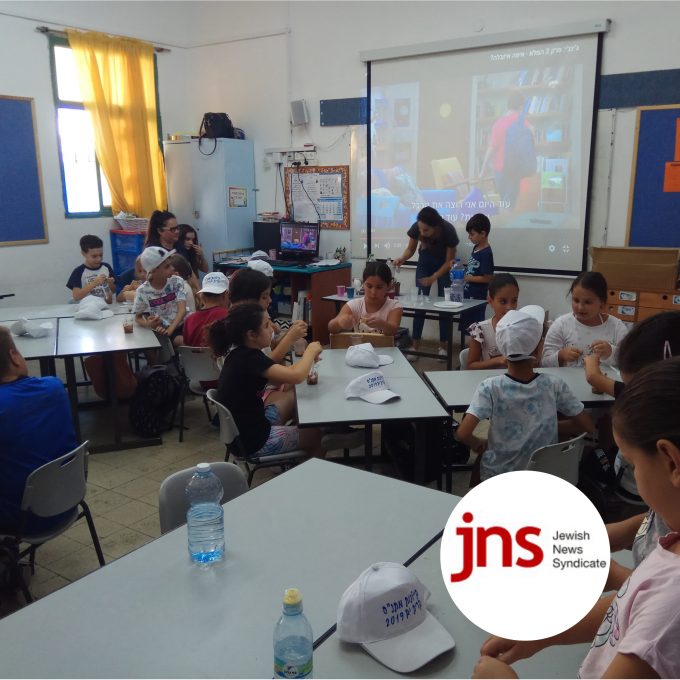07 July 2006 ORT Uruguay develops challenging computer games for blind players A team at ORT Uruguay University is developing challenging computer games for blind people. The team is led by Professor Daniel Szabo, who will be presenting an overview of his work at the International Conference on Computers Helping People (ICCHP) with Special Needs at the University of Linz, Austria next week under the title Design Guidelines for Audio-Haptic Immersive Applications. The ICCHP, which is in its 10th year, offers an international platform for visionary researchers and practitioners in eInclusion. The technology used in developing the games is also being applied to more serious matters, such as the creation of streetscapes to help people who have become blind later in life learn how to negotiate traffic and other obstacles in a safe environment. Professor Szabos work started in response to a complaint by a friend of the family. My daughters friend, who is blind, complained that the games designed for blind people were in her words stupid and very, very boring, Prof Szabo said. She said she wanted a game in which her character could be killed. The result was Escape from the Santa Teresa Fortress, which combines the latest in audio-haptic technology (i.e. technology using touch to communicate information between the computer and the user) with commonly available computer and audio equipment. Professor Szabo oversees a student testing the new game. Speakers placed strategically around the game player create a 3-D audio effect which is complemented by the haptic technology in the force-feedback joystick. The game requires the player to escape from a locked cell, said Professor Szabo, who is Academic Coordinator of Computer Science at ORT Uruguay. In the stone walls there are some loose stones which can be moved so you have to knock on the walls to find them. However, if you knock on the wood door three times the guards take you out for execution. Once out of the cell, the player has to navigate their way through a maze. The speakers not only give the sounds of the different materials being touched but also their position. The joystick emphasises the effect by giving different kinds of kickback according to what kind of material is being knocked hard for stone, softer for wood. Various background noises, such as running water, dogs barking and voices giving instructions through the maze are also heard. There are many computer games with stereo sound effects for sighted players but Professor Szabo said he had not found any with 3-D sound and very little research published on the use of such effects for blind people. Entrance to ORT Uruguay Developing this and other games including one called Jedi Trainer in which the player has to hit a moving sound signal has led Professor Szabo and his team to identify certain drawbacks in the commonly used software. When a sound is meant to emanate from less than three metres from the player it is not perceived with precision. But when you tell the software to make the sound come from, say, 10 metres away, it can be perceived much better. This is not what we expected, said Professor Szabo, who is now seeking ways to improve the software and develop a model of audio-haptic effects. This model will be a usability guide of sound effects for blind people, how they perceive differently pitched sounds and sounds from different directions. Professor Szabo is also working on a system that allows blind users to create their own soundscapes through the use of Lego bricks, each of which will be labelled in Braille to identify the kind of material it represents. The resultant structure is registered by a camera which in turns gives the information to the computer. These technologies can provide blind people with tools to work in creative fields, Professor Szabo said. Currently, their possibilities are limited. ORT Uruguay, which was established in the early 1940s as a vocational school to help Jewish refugees, is now the largest non-governmental university in the country with more than 5,000 students and more than 500 academics. Courses include Engineering, Economics, Accounting, Business Administration, International Affairs, Architecture, Design, Journalism, Communication and Education. Repeated surveys by CEPAL (Economics Commission for Latin America) show that ORT is seen as the best university in Uruguay by 18- to 35-year-olds. World ORT, founded in 1880, is the worlds largest Jewish education and vocational training organisation with some 270,000 students Jewish and non-Jewish in 58 countries.

Challenging computer games for the blind developed at ORT Uruguay
07.07.06




